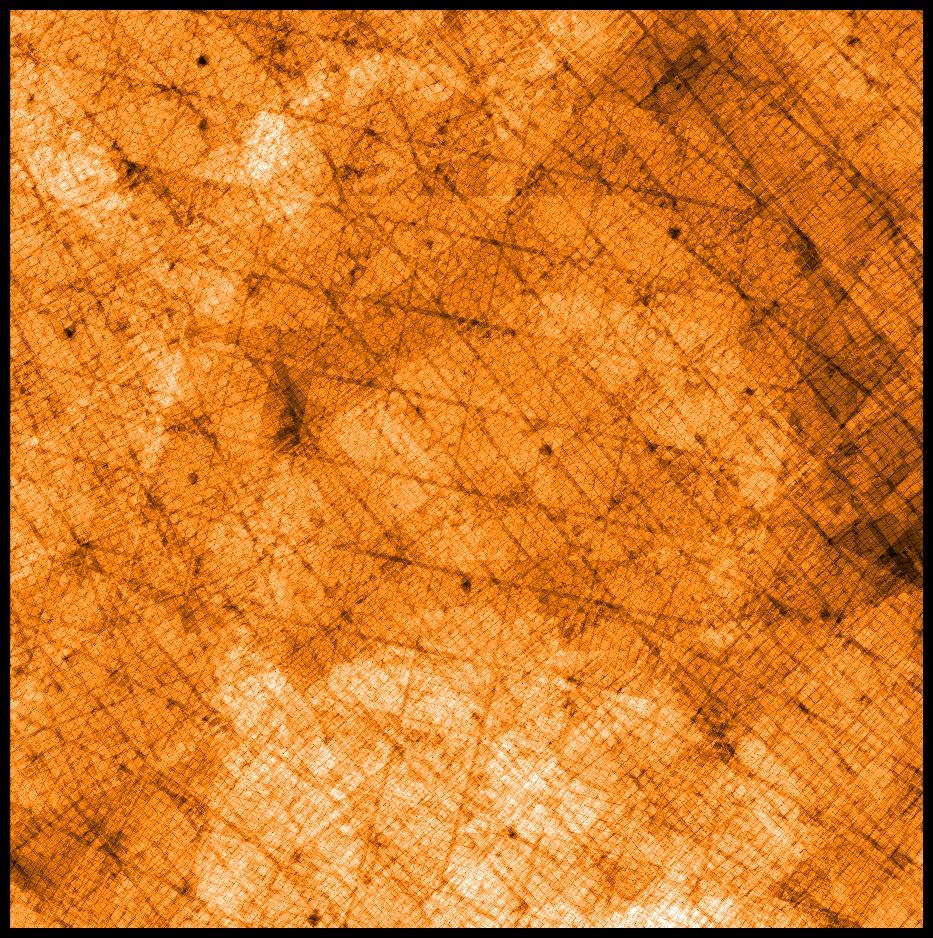Page History
Versions Compared
Key
- This line was added.
- This line was removed.
- Formatting was changed.
| Excerpt |
|---|
| Stacks are the 'optimal' combination of multiple warps on the same skycell. For the 3pi survey |
| there are in general 12 warps per filter, but for the Medium Deeps it can be several hundred. Stacks are also astrometrically and photometrically calibrated. These images are part of DR1 and can be accessed and downloaded through the PS1 archive. |
| Tip | ||||||
|---|---|---|---|---|---|---|
| ||||||
|
Photometric calibration
At the time of stacking, the pixel values in stacks are rescaled to a zero-point of 25 + 2.5* log10(exposure time), based on the input warp calibration. However, as the final ubercalibration of the data has not taken place at this time, this zero-point may be slightly incorrect (usually at the hundredths of a magnitude level). In contrast, the stack fluxes/magnitudes in the PSPS catalog database have undergone the final calibration process and are more accurate.
Exposure time
The exposure time for a stack is given in the FITS header. It consists of the unweighted sum of the individual warp exposures which were passed to the stacking process. Note that during the stacking process some of these warps can be excluded. This is not reflected in the exposure time, so the actual on-sky time for each stack is not necessarily the same as the exposure time given in the header.
The actual exposure time per pixel is available as the auxiliary 'exp' image for each stack.
Coverage
Due to the gaps between the OTAs , and general cosmetic masking, the number of input warps per pixel with valid data on a stack varies. This variation can be quite large in the 3π images (it is not so much of an issue on the Medium Deeps). As a result the true PSF at a given location on a stack can vary discontinuously between pixels (if the input warps have different FWHM). This acts as an increased source of error in the stack PSF photometry, as the PSF model fitted to the stack is continuous. Better results may therefore be obtained by using the Forced Mean Warp data (as the true PSF is expected to be continuous over a warp).
The actual number of warps used in each pixel is available as the auxiliary 'num' image for each stack.
 | Typical coverage (number of warps contributing to a pixel) in a g-band 3pi projection cell (4 degrees on a side). Black is zero, white is 17 (note this image is produced from a summary stack, so the pixels here are 4" across and do not show the full PS1 resolution). |
|---|
| Align | ||||
|---|---|---|---|---|
| ||||
